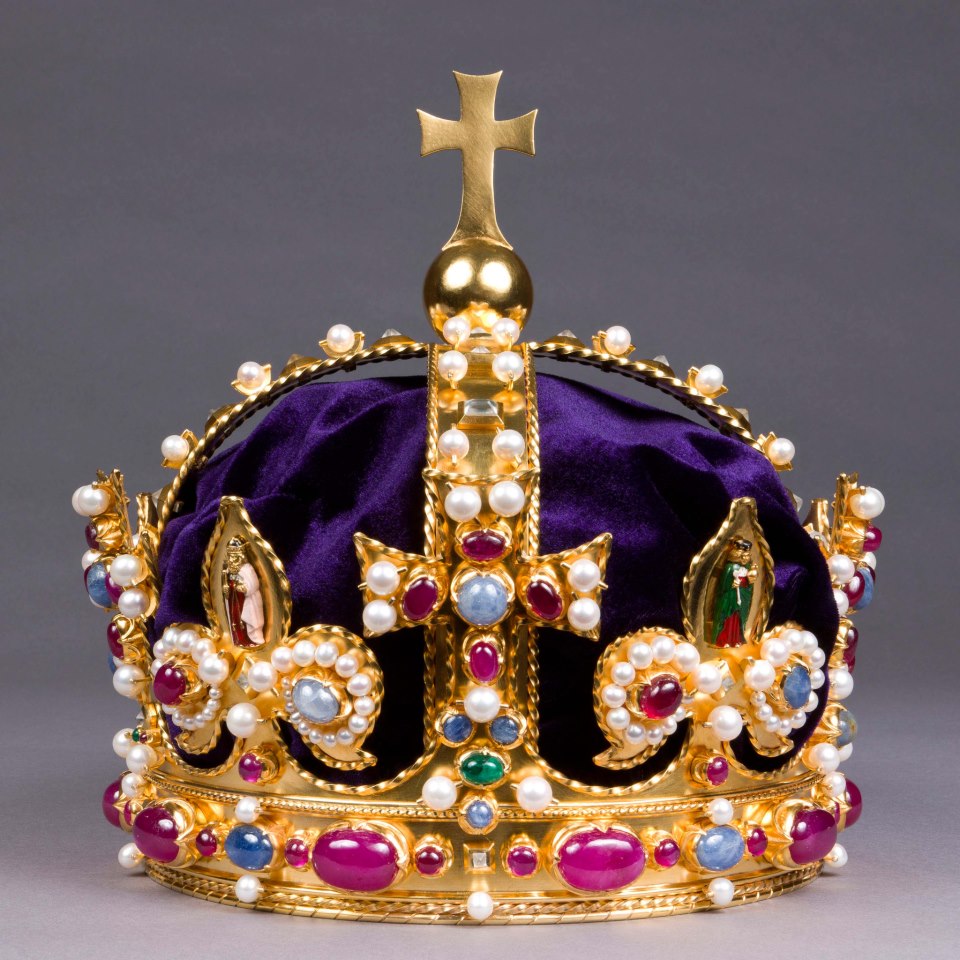The Royal Crown has been a timeless emblem of authority, tradition, and grandeur throughout history. It represents not just the monarchy but also the rich cultural heritage and the stories of nations. From its intricate designs to the precious gemstones encrusted within, the royal crown serves as a powerful symbol of wealth and power. In this article, we will delve deep into the history, significance, and various types of royal crowns that have adorned the heads of monarchs across the globe.
Crowning ceremonies have been a significant part of royal traditions for centuries. The royal crown signifies the transition of an individual into a position of power and responsibility. It often comes with a rich history that intertwines with the cultural and political narratives of a country. Understanding the royal crown's significance allows us to appreciate the intricate relationship between monarchy and society.
This comprehensive guide will explore the various aspects of royal crowns, including their designs, history, and cultural significance. We will also discuss the most famous crowns and their bearers, shedding light on the traditions surrounding these magnificent headpieces. Whether you are a history enthusiast or simply curious about royal traditions, this article will provide valuable insights into the majestic world of royal crowns.
Table of Contents
- 1. The History of Royal Crowns
- 2. Different Types of Royal Crowns
- 3. The Significance of Royal Crowns
- 4. Famous Royal Crowns
- 5. The Construction of Royal Crowns
- 6. Symbolism Behind Royal Crowns
- 7. Modern Adaptations of Royal Crowns
- 8. Conclusion
1. The History of Royal Crowns
Royal crowns have a long and storied history that dates back thousands of years. The earliest known crowns were made of simple materials like leaves and flowers, symbolizing victory and power. As civilizations evolved, so did the design and materials used in crowns.
In ancient Egypt, crowns were often made of gold and adorned with precious stones, representing the divine right of pharaohs. In Europe, the custom of crowning kings and queens became more formalized during the Middle Ages, with elaborate ceremonies that included the use of intricate crowns.
Key Milestones in Crown History
- The Roman Empire: Crowns made from laurel leaves symbolized victory.
- The Byzantine Empire: Crowns became more ornate, featuring jewels and gold.
- The Renaissance: Crowns began to reflect the wealth and artistry of the time, often incorporating intricate designs.
2. Different Types of Royal Crowns
Royal crowns come in various styles, each with its own unique characteristics. Here are some of the most notable types of royal crowns:
Types of Crowns
- Coronets: Smaller crowns typically worn by nobility.
- Diadems: A type of crown that symbolizes sovereignty.
- Imperial Crowns: Used during the coronation of emperors, often adorned with jewels.
- State Crowns: Worn during official ceremonies, showcasing the authority of the monarch.
3. The Significance of Royal Crowns
The significance of royal crowns extends beyond mere decoration. They are powerful symbols of authority, tradition, and the continuity of the monarchy.
In many cultures, the act of crowning is a sacred ritual that signifies the acceptance of responsibility and the protection of the realm. The crown is often seen as a conduit between the monarch and the divine, emphasizing the belief in the monarch's divine right to rule.
4. Famous Royal Crowns
Throughout history, several crowns have gained fame due to their unique designs and the stories associated with them. Here are a few notable examples:
Notable Royal Crowns
- The Crown Jewels of the United Kingdom: A collection of royal regalia including the St. Edward's Crown.
- The Imperial State Crown: Worn by the British monarch at the State Opening of Parliament.
- The Papal Tiara: A three-tiered crown historically worn by popes.
5. The Construction of Royal Crowns
The construction of royal crowns involves meticulous craftsmanship, often taking months or even years to complete. Skilled artisans use various materials, including gold, silver, and precious gemstones, to create these magnificent pieces.
Each crown is designed with specific symbolism in mind, reflecting the identity and values of the monarchy it represents. The process involves not only artistic design but also historical research to ensure that the crown aligns with royal traditions.
6. Symbolism Behind Royal Crowns
Royal crowns are rich in symbolism, representing various aspects of power and authority. Some common symbols associated with crowns include:
- Gold: Wealth and divine favor.
- Jewels: Protection, purity, and the monarchy's connection to the divine.
- Crosses: Spiritual authority and the monarch's role as a protector of the faith.
7. Modern Adaptations of Royal Crowns
In contemporary times, royal crowns continue to evolve. While many royal families maintain traditional crowns for ceremonial purposes, there is a growing trend towards modern interpretations.
Some modern crowns are designed with a minimalist aesthetic, reflecting changing societal values and attitudes towards monarchy. Additionally, crowns are being used in fashion and popular culture, showcasing their enduring appeal.
8. Conclusion
In conclusion, the royal crown is much more than a decorative headpiece; it is a powerful symbol of authority, tradition, and cultural heritage. Understanding the history and significance of royal crowns allows us to appreciate the complexities of monarchy and its impact on society.
We invite you to share your thoughts on royal crowns in the comments below, and don't forget to explore more articles on our site to deepen your understanding of this fascinating topic!
Thank you for reading, and we hope to see you again soon!




